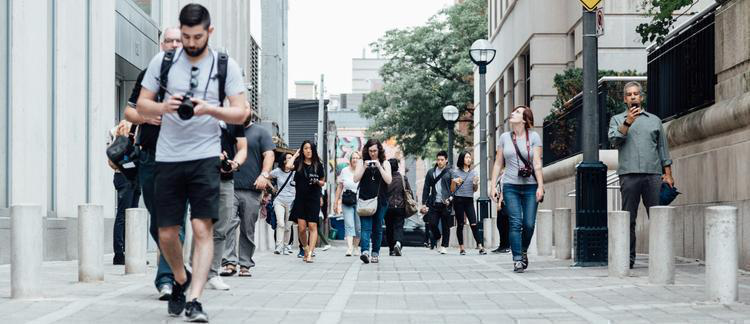Abstract
This is an accepted article with a DOI pre-assigned that is not yet published.
In this paper I discuss different ideals shaping the development of the reanimated Camino de Santiago (the pilgrim routes to Santiago de Compostela). I first analyze the heritage ideal, represented by the official discourse, especially that of the Council of Europe. I then look at the ideals represented by the material route signs, which demonstrate how the European heritage discourse is enacted “from below” together with competing ideals of the Camino. Last, I present modern traditions found on the Camino and the implicit ideals underlying them. I argue that these traditions are transmitted by face-to-face conduct (orally and bodily) as well as through written texts (mainly on the Internet). I conclude with remarks on the nature of these traditions and their interplay with the European heritage ideal.
Keywords
tradition, Camino de Santiago, post-nationalism, cultural routes, heritage routes
Publisher Notes
- This article was previously published by Museum Tusculanum Press.
